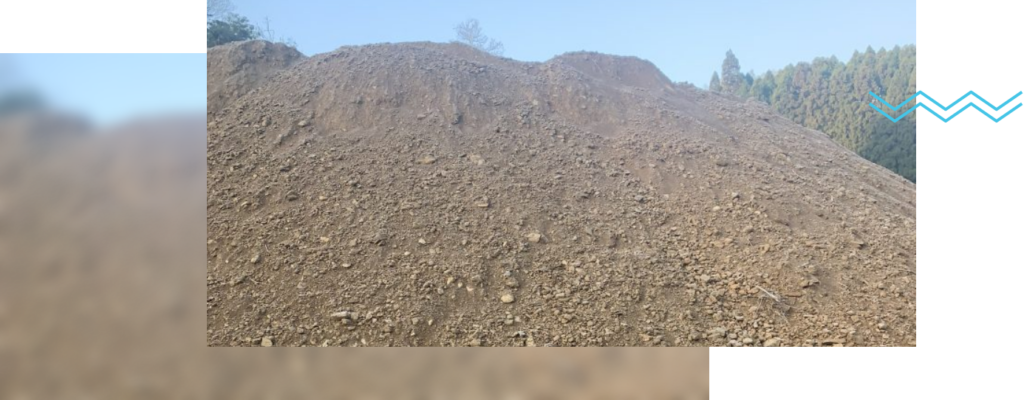Translocation describes the movement of supplies upward or downward throughout the soil. Superb particles-particularly clays and colloids-are translocated downward, a course of referred to as eluviation. This leaves grains of sand or coarse silt to stay, forming the E horizon. Material brought downward from the E horizon-clay particles, humus, or sesquioxides of iron and aluminum-accumulates in the B horizon, a course of called illuviation.
Figure 2 simplifies the factors and their influences on the leaching habits of heavy metals of natural soils and rocks when they’re excavated. The leaching habits will depend on the type of construction works, corresponding to cut, deep excavation, tunneling, embankment, and many others. When the rocks are crushed by excavation works, the specific floor space and the consequent leaching potential will likely be increased. If these excavated materials are compacted at the location of utilization, well sufficient to prevent water and air infiltration from the floor, the decrease in publicity to water will decrease the leaching potential, in addition to stopping oxidization causing further leaching. Proper compaction subsequently is taken into account an efficient measure in opposition to heavy metal leaching. Comparable effects might be expected for the cowl layer which might also reduce water and air infiltration, and limit oxidization. The groundwater degree might affect the degree of saturation and the redox potential, and the consequent leaching potential: if the supplies are positioned beneath the groundwater, the redox potential will remain low.Soil excavation and reclamation in civil engineering: Environmental aspectsAll authorsTakeshi Katsumi

Standardization of excavated soils is a crucial try to advertise the usage of excavated soils. The standard of excavated soils was proposed by the Ministry of Development in 1994, and mounted by MLIT in 2008. It features a 5-stage classification system of excavated soils (1st- to 4th-class soils and muddy soils), as properly because the matching of labeled soils and their purposes. The classification is based on the state of soils equivalent to soil type, energy (cone index), and water content. The purposes embrace street base and embankment, river dyke, backfill, 残土処分 持ち込み 無料 elevated land building, reclamation, etc. Soil improvement applied sciences making higher class soils have also been developed by many institutions. Among the muddy soils could also be categorized into waste, while the excavated soils usually are not categorized as waste, as talked about above.
To permit the removing of soil to take place, there shall be lane closures in place on the slip road in direction of Malvern, off Powick Roundabout on weekdays, then eliminated at weekends. That is to permit the lorries to manoeuvre safely. Once the soil has been eliminated the storage area will need to be reinstated and the non permanent site entrance removed.

